As a photographer with nearly three decades of experience behind the lens, I’ve tested dozens of cameras across various brands and formats. The Nikon D700 holds a special place in my heart, though, not just because it was my first full-frame camera, but because even in 2024, it still delivers in ways that few other cameras can match. While the D700 first launched back in 2008, it remains a top choice if you’re seeking robust image quality, a rugged body, and classic controls.
In fact, the Nikon D700 represents a pivotal moment in photography history. It marked Nikon’s serious entry into affordable full-frame DSLRs and was a game-changer for many professionals. It was the camera that gave photographers a taste of the quality and depth that full-frame sensors could bring without having to spend $5,000 or more.
For me personally, the D700 was a revelation—it opened up a new world of possibilities and has remained one of my favorite cameras of all time. What’s funny is that right now, as I’m writing this article, I remember the exact excitement I felt taking my first photo with this camera.
In this article, I’ll take you through the key reasons why the Nikon D700 remains a standout in today’s ever-changing camera market. I’ll break down its specs, performance, and how it holds up against modern alternatives. And just to keep things on the level, I’ll even list out what I think are the negative points of this camera. So, if you’re considering purchasing a used D700 or you’re just curious about its legacy, let’s dive into why this camera continues to be a favorite for so many, including myself!
Table of Contents:
- The Nikon D700 in Historical Context
- Image Quality: The Nikon D700 is Still Holding Strong
- Build and Ergonomics: This Camera is Built Like a Tank
- Autofocus and Performance: The Nikon D700 is Reliable and Fast
- Why the Nikon D700 is Still a Great Choice in 2024
- Best Lens Pairings for the Nikon D700
- Common Criticisms and Limitations
- Pros & Cons
- Conclusion: The Nikon D700 is a Classic That Stands the Test of Time
The Nikon D700 in Historical Context
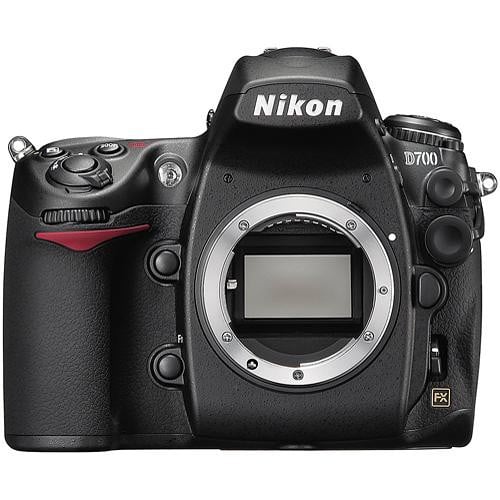
Launched in July 2008, the Nikon D700 was Nikon’s first affordable full-frame camera aimed at professionals and enthusiasts alike. It was a direct response to Canon’s dominance with their full-frame cameras and quickly became one of the most beloved models in the Nikon lineup. For its time, the D700 was a marvel—featuring a 12.1-megapixel FX-format (full-frame) sensor, ISO range from 200 to 6400 (expandable to 25,600), and a 51-point autofocus system.
At the time, having a full-frame sensor in a relatively compact, affordable body was a game-changer. Photographers could now access the benefits of larger sensors—better dynamic range, improved low-light performance, and shallower depth of field—without breaking the bank. The D700 democratized full-frame photography, allowing folks like me to shoot with the same tools as professionals.
For me, the D700 was the camera that opened the door to full-frame photography, and it drastically improved how I approached shooting. At the time, full-frame sensors were seen as a major leap in quality, and the D700 made that leap accessible to a wider range of photographers. Even though I’ve tested many cameras since then, this model still manages to stand out.
Image Quality: The Nikon D700 is Still Holding Strong
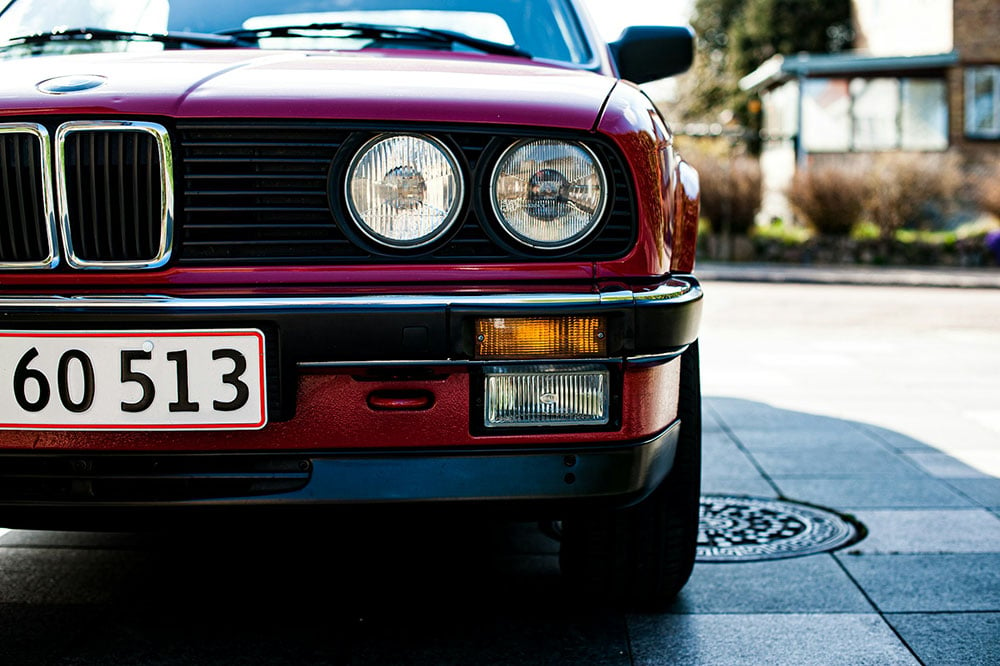
Taken with a Nikon D700. Photo by Marco Chilese on Unsplash (license).
Let’s be clear—the 12.1-megapixel sensor on the D700 might sound dated in today’s world of 45-megapixel monsters. However, don’t be fooled by the megapixel count. The quality of images this camera produces is simply phenomenal, especially for its age.
The D700’s sensor excels in dynamic range and tonal depth, meaning you get rich, vibrant colors (as shown above) and excellent detail even in challenging lighting conditions (as shown below). For landscape photography, for instance, the way it captures skies and shadows is fantastic. I’ve taken it on countless outdoor shoots, and the detail it pulls from both the darkest shadows and the brightest highlights is still impressive by modern standards.
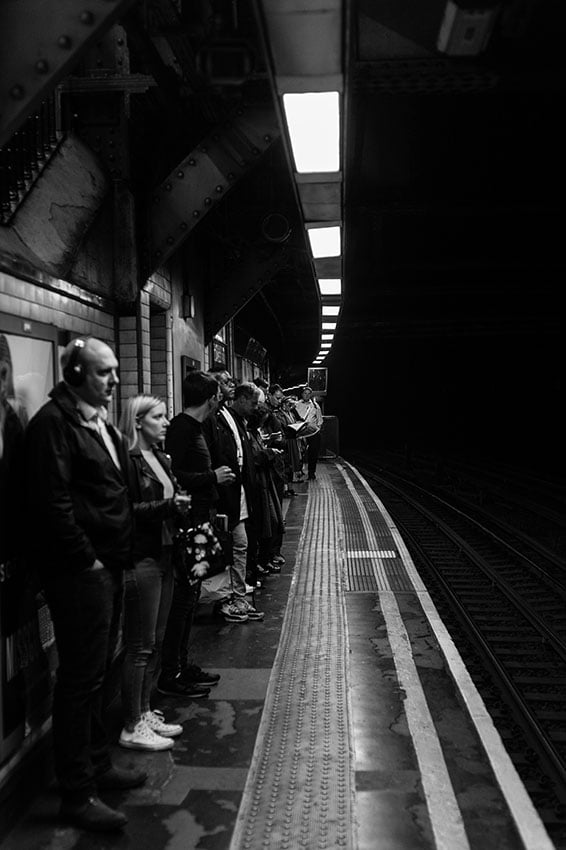
Taken with a Nikon D700. Photo by Marco Chilese on Unsplash (license).
The full-frame sensor also delivers gorgeous background blur (bokeh), making it ideal for portrait photography, weddings, and events. When paired with the right lens, you can create stunning separation between your subject and the background. I’ve shot countless portraits with the D700, and its ability to render skin tones and subtle details with depth and clarity is remarkable.
The low-light performance of the D700 was revolutionary when it first hit the market, and even today, it holds up surprisingly well. With an ISO range that goes up to 6400, you can shoot in dim environments without too much noise. In my years using it, I found that I could confidently push the ISO beyond its base range when necessary, especially with modern noise reduction software available today.
Build and Ergonomics: This Camera is Built Like a Tank
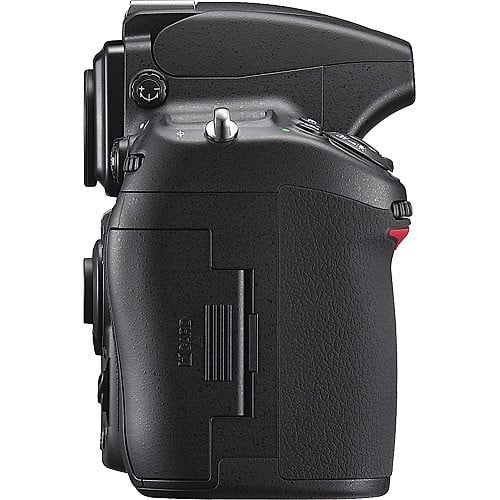
One of the key reasons the Nikon D700 is still revered today is its build quality. This camera is built to last. The magnesium alloy body is robust and weather-sealed, making it ideal for outdoor photography, including landscapes, wildlife, and adventure shoots. I’ve taken this camera through some pretty rough conditions—rain, dust, extreme temperatures—and it never let me down.
The grip and button layout are also perfect for long shooting sessions. In a world where cameras are getting smaller and more minimalistic, the D700’s heft and design actually feel reassuring in your hands. It’s a camera that begs to be used. The layout is straightforward and makes sense—even for someone picking up the camera for the first time.
Over the years, I’ve often compared the D700’s build to more modern offerings, and I still find that it holds up, both in terms of durability and ease of use. Whether you’re a seasoned professional or someone just stepping into the world of full-frame cameras, the D700’s intuitive design makes shooting a seamless experience.
Autofocus and Performance: The Nikon D700 is Reliable and Fast
Even in 2024, the autofocus system on the D700 is incredibly reliable. It features a 51-point autofocus system, which was cutting-edge technology back in 2008 and is still highly functional by today’s standards. The autofocus is fast, accurate, and can track moving subjects effectively—a feature I leaned on heavily during my years shooting sports and wildlife. See how the D700 holds up shooting sports in the video above by Jo Jo Productions.
For street photography or shooting in rapidly changing environments, the D700’s autofocus doesn’t falter. One of the things I loved about this camera was its ability to track focus accurately, even in low-light situations. Modern systems have surpassed it in terms of speed and tracking capabilities, but the D700 still holds its own in many cases, especially if you aren’t shooting fast-paced action all the time.
The D700 also boasts an impressive burst shooting speed of 5 frames per second (or 8 frames per second with a battery grip). While today’s high-end cameras can shoot upwards of 20 frames per second, the D700’s speed is more than sufficient for most types of photography, from street and travel photography to events.
Why the Nikon D700 is Still a Great Choice in 2024
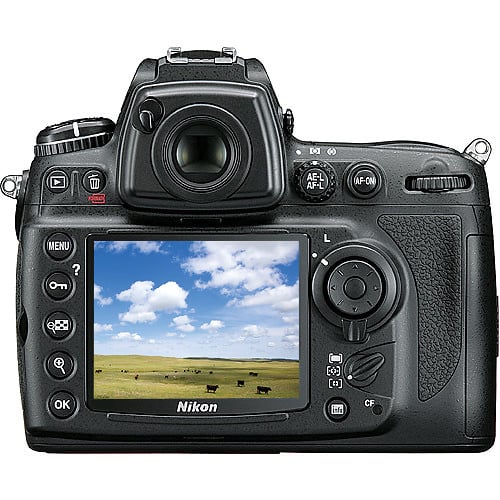
With the advancements in mirrorless cameras and more modern DSLR offerings, why would anyone still consider the Nikon D700 in 2024? Well, there are several compelling reasons:
- Price to Performance: You can find used D700s at a fraction of the price of new full-frame cameras, yet you’ll still get top-tier image quality, autofocus, and build quality.
- Full-Frame Sensor: The 12.1MP full-frame sensor produces images that still stand up against modern cameras in terms of color depth and dynamic range. Unless you’re making billboard-sized prints, 12 megapixels are often enough for most uses.
- Lens Compatibility: The Nikon F-mount means the D700 has access to a vast array of lenses, including Nikon’s legendary prime lenses. Whether you shoot wide landscapes or tight portraits, the D700 can deliver.
- Durability: As mentioned earlier, the build quality of the D700 makes it a perfect companion for rugged outdoor shoots. It’s a camera that can take a beating and keep on delivering.
- The Nostalgia Factor: For photographers like me who have been in the game for decades, there’s something nostalgic and familiar about the D700. It’s a camera that brings me back to the joy of photography without all the bells and whistles of modern technology.
Best Lens Pairings for the Nikon D700
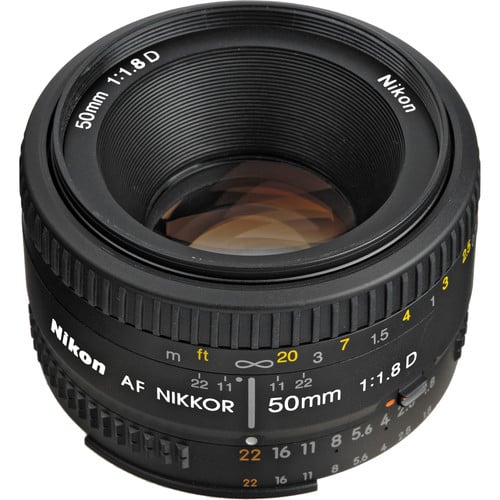
To really get the most out of the Nikon D700, pairing it with the right lenses is key…
Some of my favorite lenses to use with the D700 are Nikon’s prime lenses. The Nikon 50mm f/1.8 shown above is a classic portrait lens that delivers beautiful bokeh and sharpness. For landscape work, the Nikon 24-70mm f/2.8 is a versatile workhorse that pairs beautifully with the D700’s full-frame sensor.
However, just released a year prior to the D700, what would become one of my favorite lenses of all time makes a powerhouse marriage with the Nikon D700. That, my friends, is the unmistakable Nikon 14-24mm f/2.8 with the huge glass orb hanging out in the front.
If you’re into wildlife or sports, pairing the D700 with a telephoto lens like the Nikon 70-200mm f/2.8 gives you excellent reach and fast performance. Over the years, I’ve shot with dozens of Nikon lenses on the D700, and it’s a camera that seems to get the best out of any glass you mount on it.
Common Criticisms and Limitations
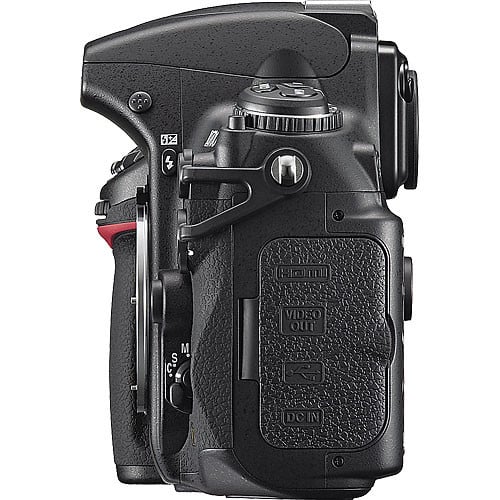
Let’s be real here: no camera is without its flaws, and the Nikon D700 does have its limitations:
- No Video Capabilities: If you’re looking for a camera that shoots both photos and video, the D700 isn’t for you. This was released before DSLRs became hybrid photo-video tools.
- Limited Megapixel Count: For those who need extremely high-resolution images, particularly for large prints or cropping, the 12.1 megapixels may feel limiting. However, in my experience, it’s more than enough for most practical applications.
- Weight: The D700 is not a light camera, tipping the scales at nearly 2.5 pounds. So, if you’re looking for something compact and easy to carry around, this might not be the best option. That said, its weight also contributes to its ruggedness, so it’s a trade-off.
- No Live View for Focusing: Modern cameras often feature high-quality electronic viewfinders or live view screens for focusing, but the D700 lacks this feature. Focusing is done entirely through the optical viewfinder.
Pros of the Nikon D700:
Get a rundown of the D700’s pros and cons in the video above by frederikboving. I’ve listed other pros and cons below:
- Outstanding Build Quality: As I mentioned earlier, the D700 is built like a tank with a durable magnesium alloy body. It’s fully weather-sealed, making it great for tough environments, from extreme weather conditions to rugged outdoor shoots.
- Excellent Image Quality: The 12.1-megapixel full-frame sensor still delivers exceptional image quality, with great dynamic range and tonal depth. Its color rendering is natural and rich, and it excels at handling highlights and shadows. This is a landscape photographer’s dream camera.
- Affordable Full-Frame Option: In 2024, you can find used Nikon D700 bodies for a fraction of the price of new full-frame cameras, making it one of the most cost-effective ways to get a professional full-frame camera. At the time of this writing, you can find a used D700 in “Excellent” condition on MPB for $299.
- Reliable Autofocus System: The 51-point autofocus system, while not as advanced as today’s mirrorless systems, remains reliable and fast for most types of photography, including action, sports, and wildlife.
- High-Quality Lens Compatibility: The Nikon F-mount provides access to an expansive range of high-quality lenses. Whether you prefer primes, zooms, or specialty lenses, the D700 pairs beautifully with Nikon’s extensive glass collection.
- Affordable Lens Options: In 2024, there is such a huge surplus of used Nikon F-mount lenses on the market that prices of these lenses need to be a big pro for the D700.
- Great Low-Light Performance: With an ISO range up to 6400 (expandable to 25,600), the D700 performs admirably in low-light situations, producing usable images with minimal noise.
- Comfortable and Ergonomic Design: Despite its heft, the D700’s grip and button layout make it comfortable to use for extended periods. The layout is intuitive, even for someone transitioning from crop-sensor DSLRs or new to full-frame.
- Fast Burst Shooting: The D700 can shoot 5 frames per second (or 8 fps with the battery grip), which is still quite respectable for event, sports, and wildlife photography.
- Durability: Known for its longevity, many photographers report their D700 units have lasted well over a decade with consistent performance, further adding to its value.
Cons of the Nikon D700:
- Limited Resolution: The 12.1-megapixel resolution, while sufficient for most applications, can be a limitation if you need to crop heavily or produce large-format prints. Modern cameras offer significantly higher resolutions.
- No Video Capabilities: The D700 was released before the DSLR-video hybrid trend, meaning it lacks any video recording features, which is a drawback for those wanting an all-in-one tool for both photography and videography.
- Weight and Bulk: Weighing about 2.5 pounds (without a lens), the D700 is on the heavier side. If portability or long shoots requiring lighter gear are your priorities, this camera can be cumbersome.
- Outdated Technology: Compared to modern mirrorless cameras, the D700 lacks advanced features like in-body stabilization (IBIS), touchscreen controls, and electronic viewfinders (EVFs), which are standard in newer cameras.
- No Live View Autofocus: Unlike many modern cameras that use live view with efficient autofocus, the D700’s autofocus is limited to the optical viewfinder, which may be a challenge for those who prefer composing on the screen.
- No Dual Memory Card Slots: For professionals who require redundancy when shooting important events, the D700’s single CF card slot might feel limiting compared to newer models that feature dual slots.
- Battery Life: While the battery life is decent for a camera of its era, modern cameras, especially mirrorless ones, tend to offer more efficient power consumption or at least provide USB charging options—features the D700 lacks.
- Dated LCD Screen: The 3-inch, 920,000-dot LCD screen isn’t bad for its time, but compared to today’s high-resolution, articulating touchscreens, it feels outdated and offers less flexibility for live view shooting or reviewing images.
Conclusion: The Nikon D700 is a Classic That Stands the Test of Time
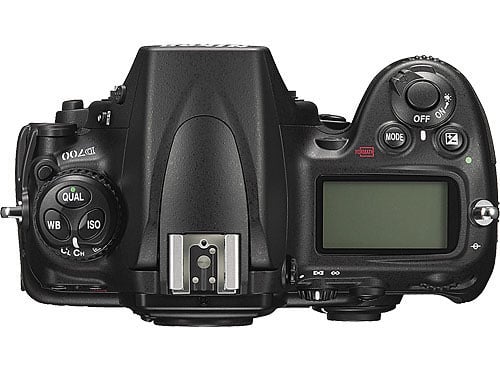
In the end, the Nikon D700 is a camera that has truly stood the test of time. Whether you’re a budding enthusiast or a seasoned professional looking for a rugged, reliable, and affordable full-frame DSLR, the D700 still has so much to offer in 2024. Its blend of image quality, build, and performance ensures that it remains a popular choice for many photographers.
I can personally attest to the lasting appeal of this camera. It was my first full-frame DSLR and remains one of my all-time favorites. Even after testing dozens of other cameras, the D700’s charm and capability continue to impress me. So, if you’re considering diving into the world of full-frame photography or adding a trusty workhorse to your kit, don’t overlook the Nikon D700—it may just surprise you!
A quick heads-up: If you snag something through our affiliate links or check out our sponsored content, we might earn a commission at no extra cost to you. But fear not, we’re all about recommending stuff we’re truly stoked about!
Learn More:
Hero photo by Photo by Angelo Pantazis on Unsplash (license).


[…] The Nikon D700 is a Timeless Full-Frame Camera for 2024 […]
[…] The Nikon D700 is a Timeless Full-Frame Camera for 2024 […]